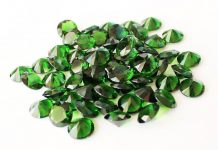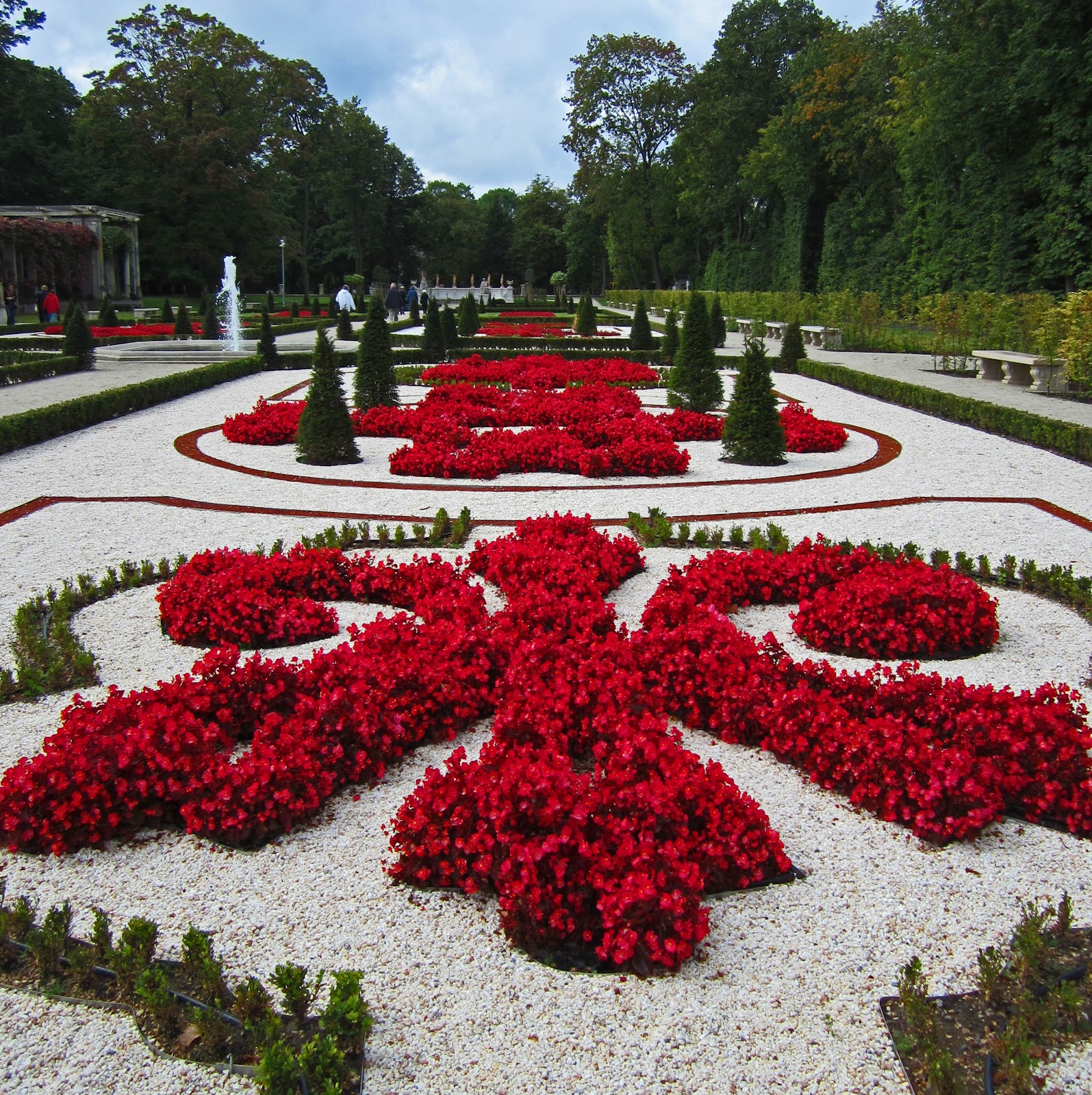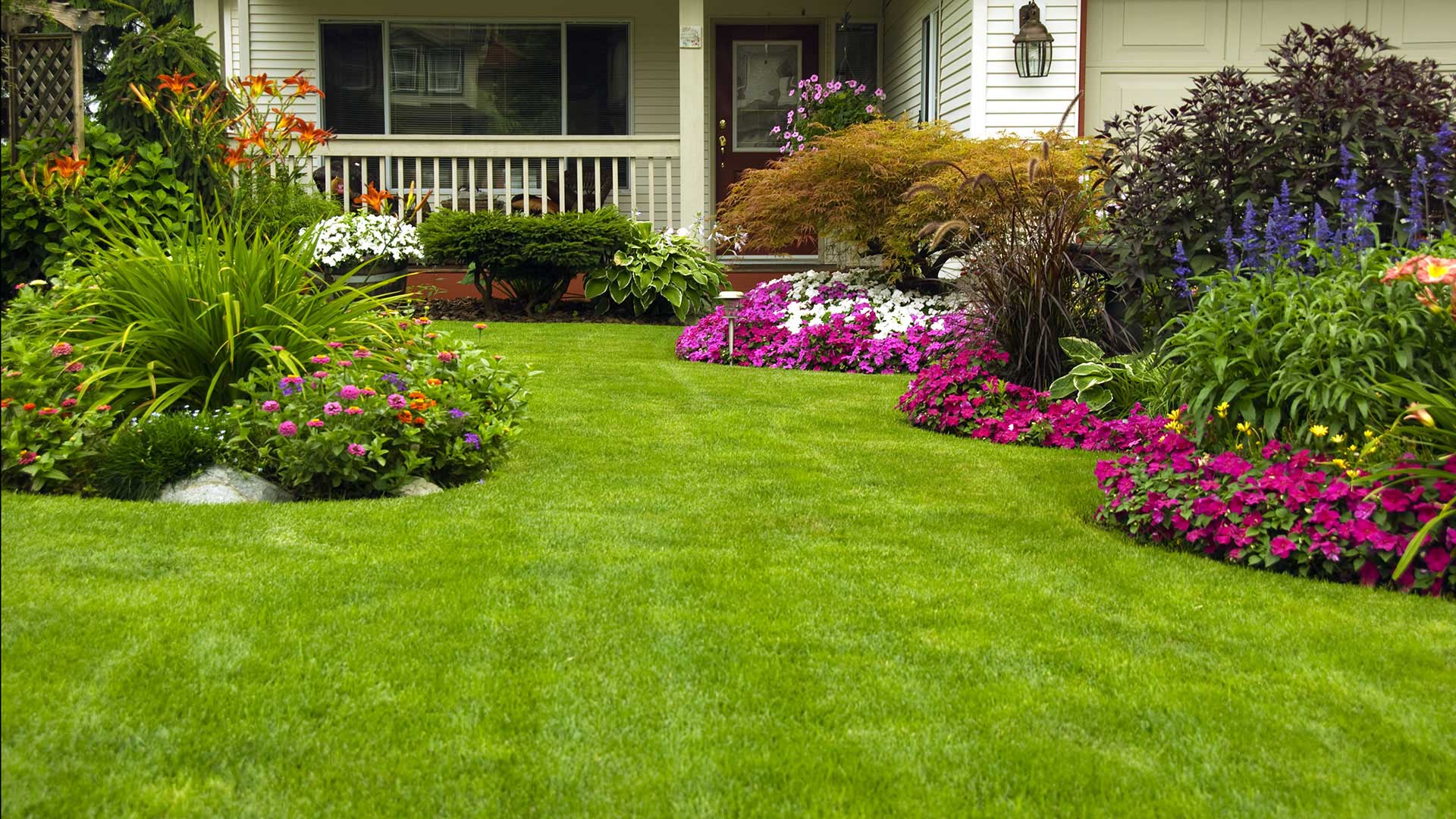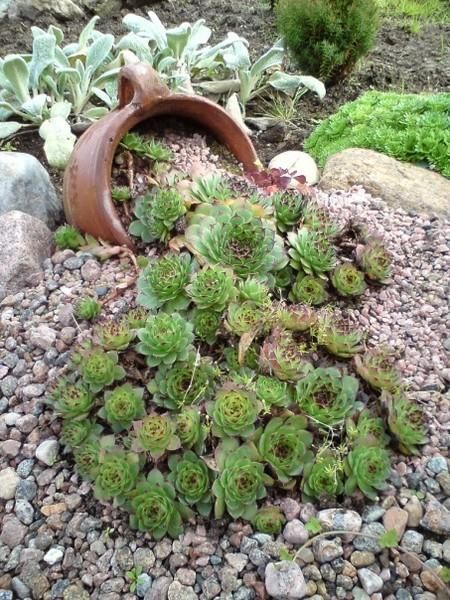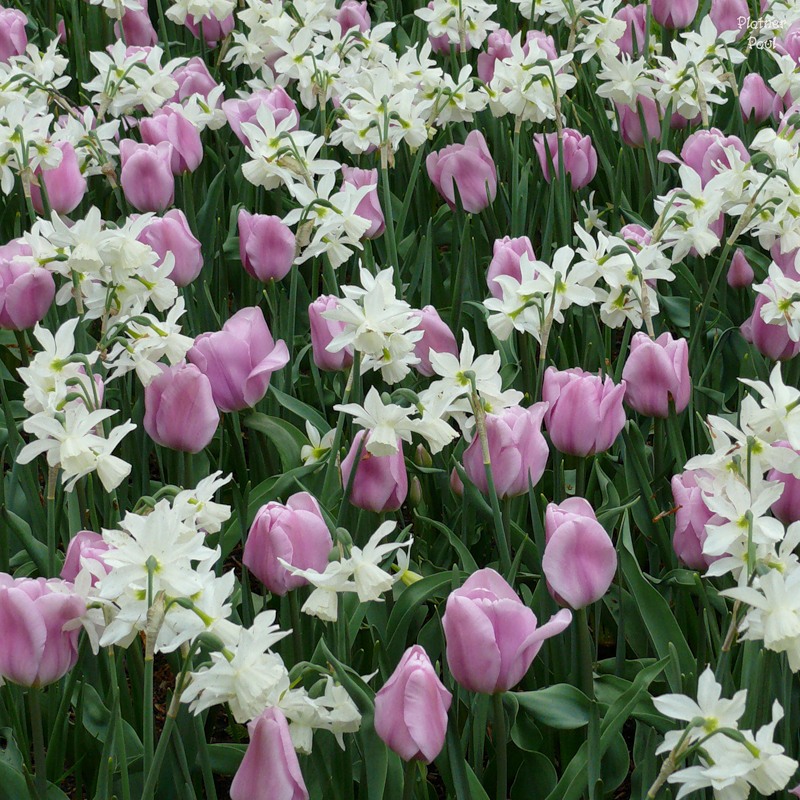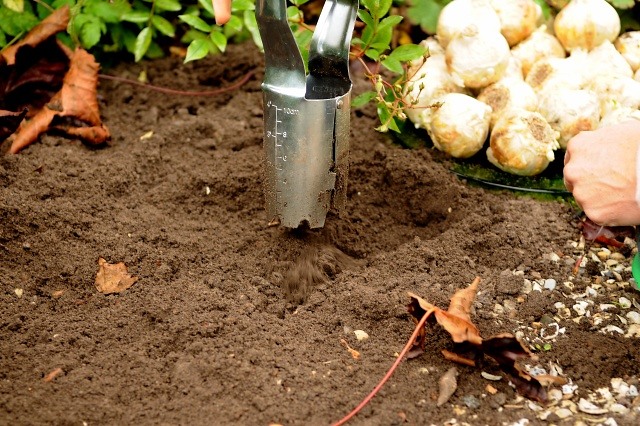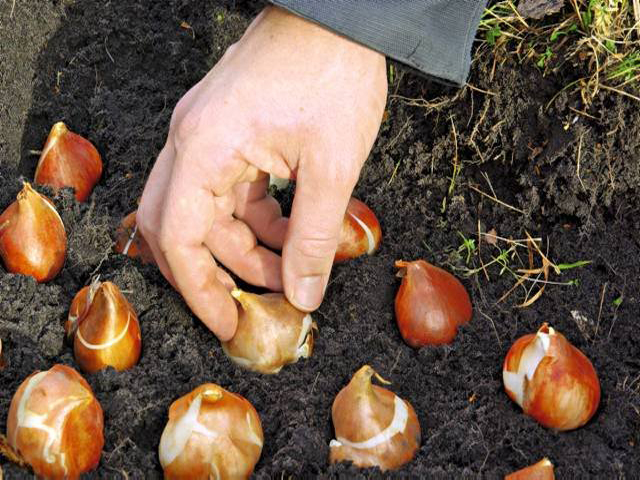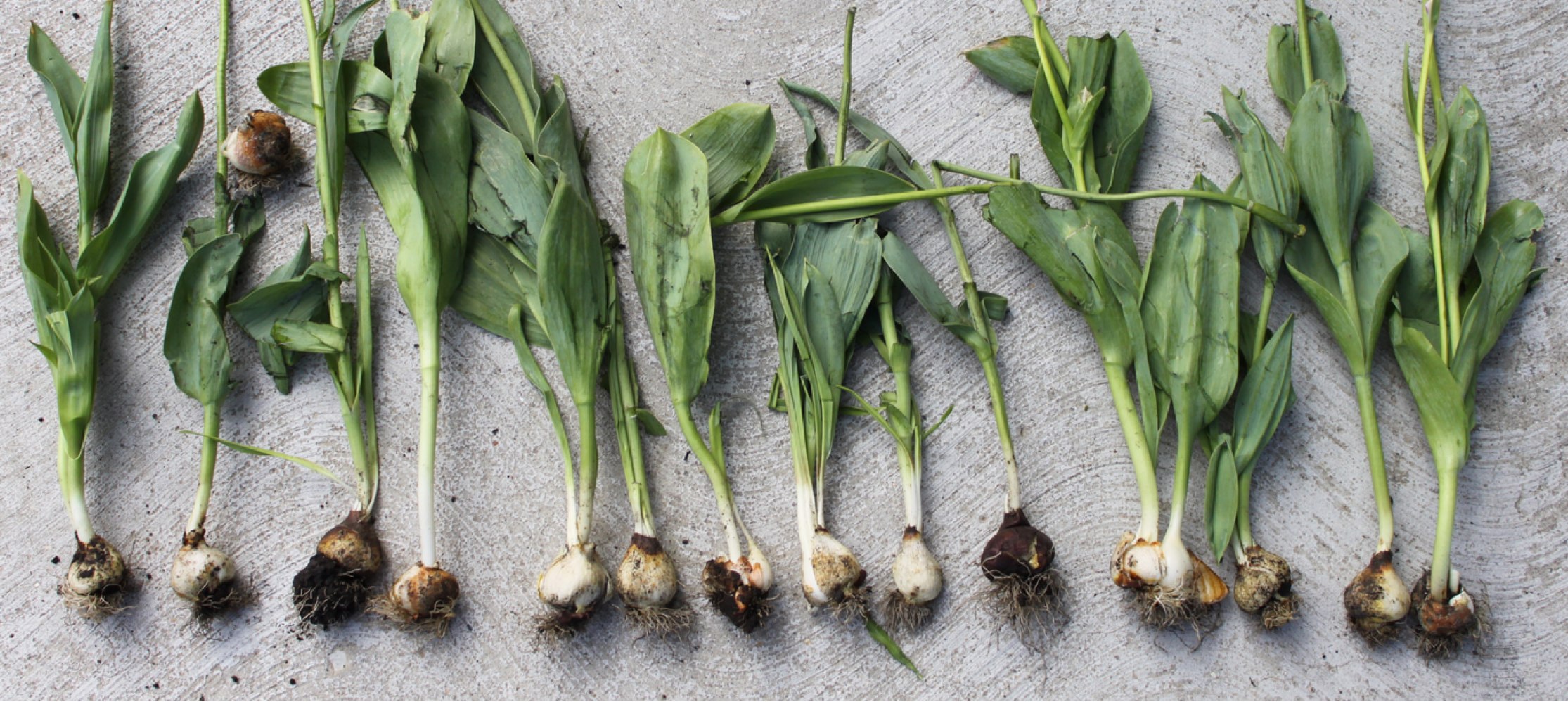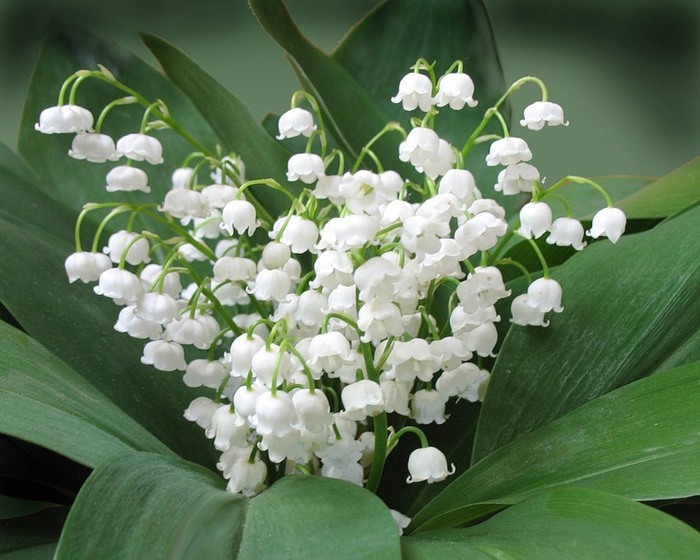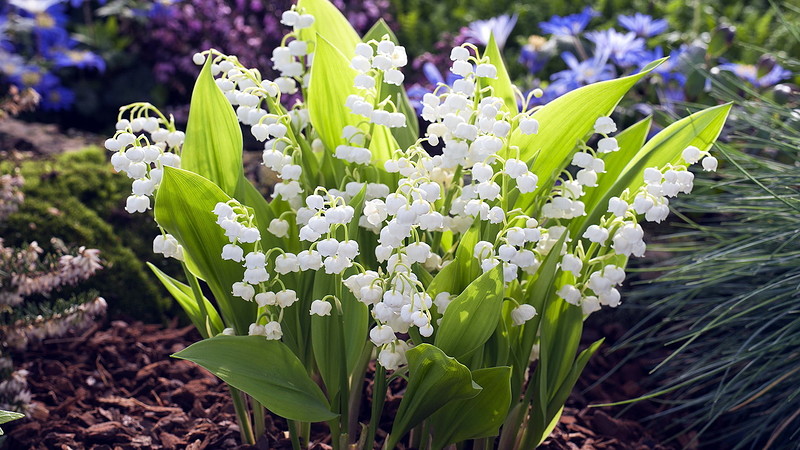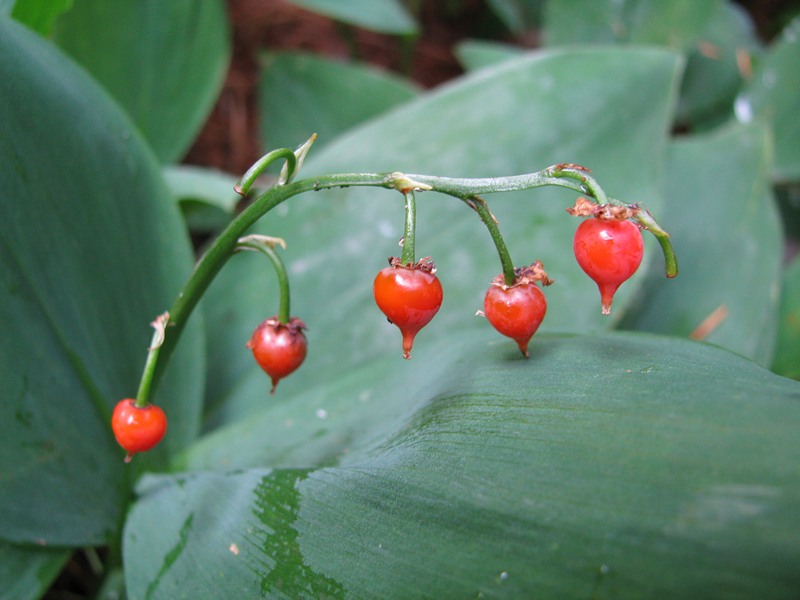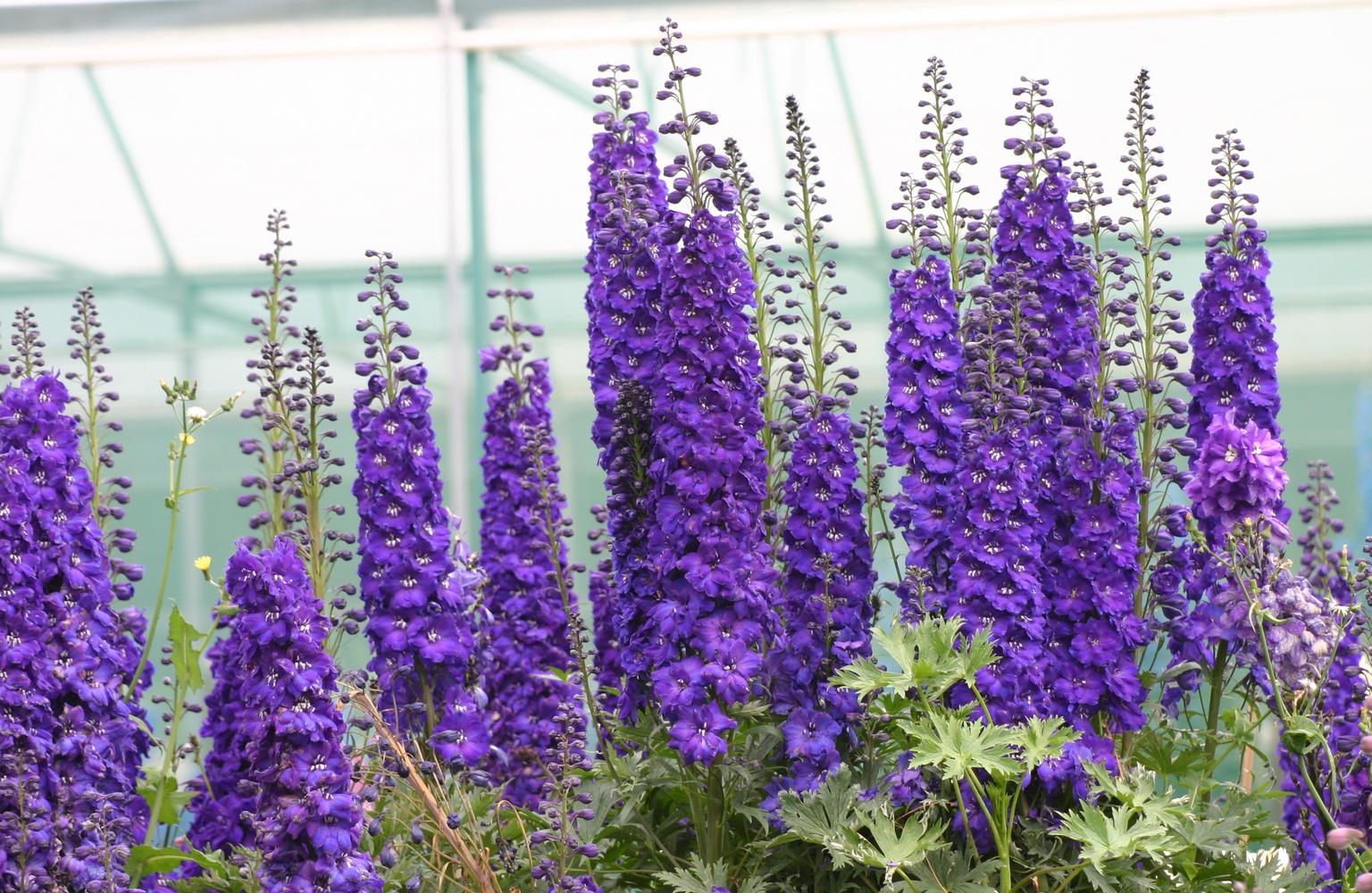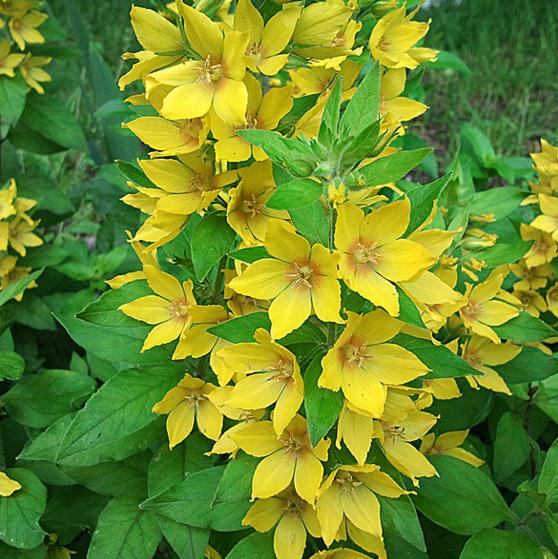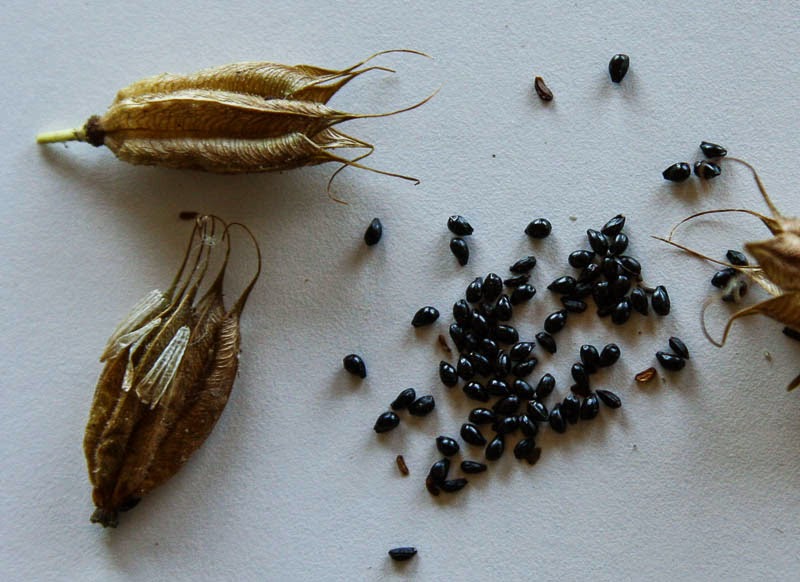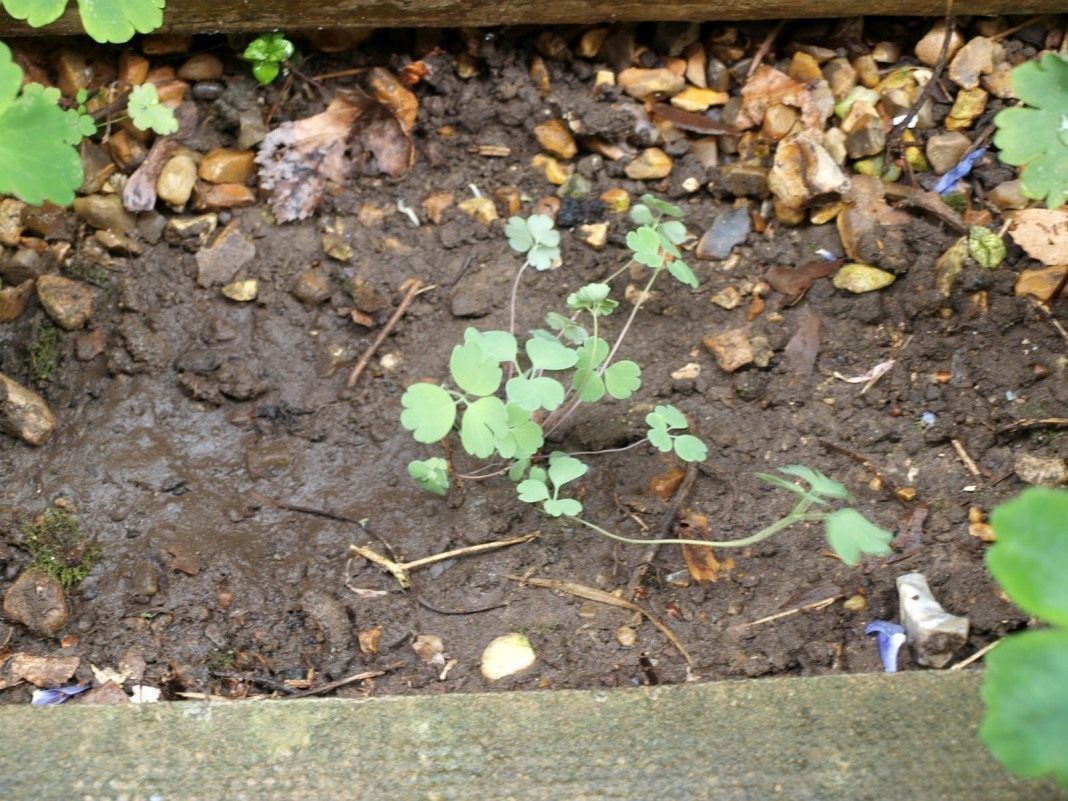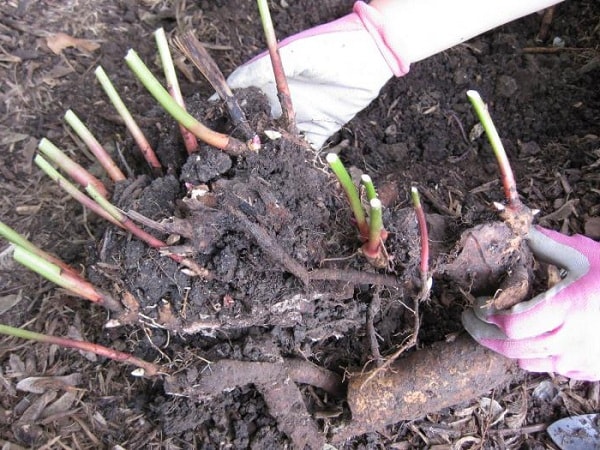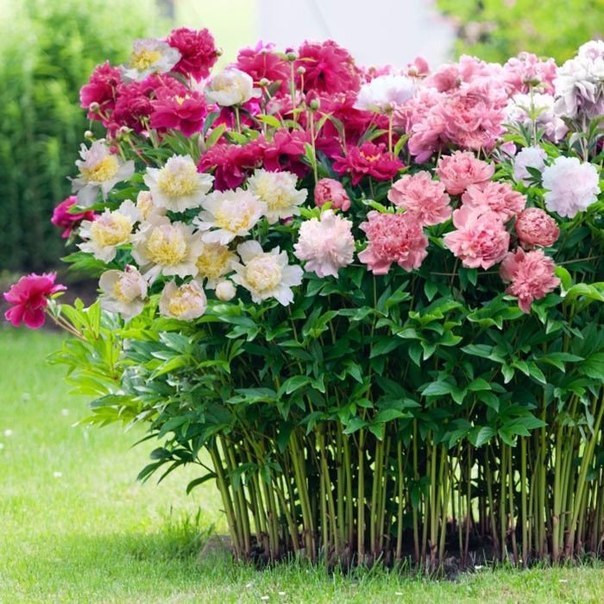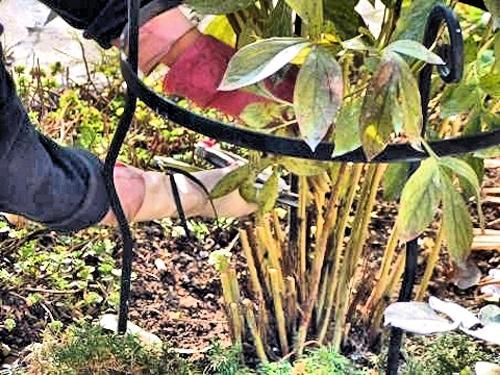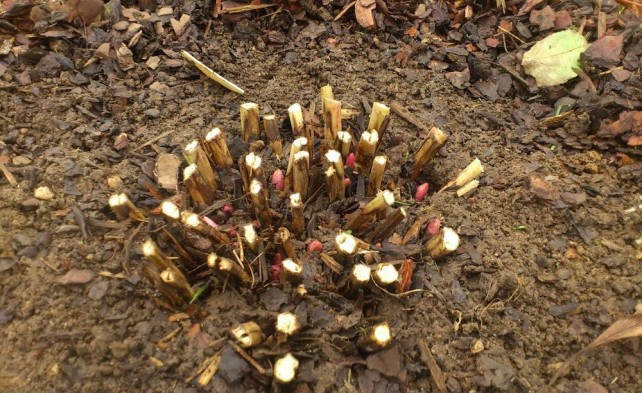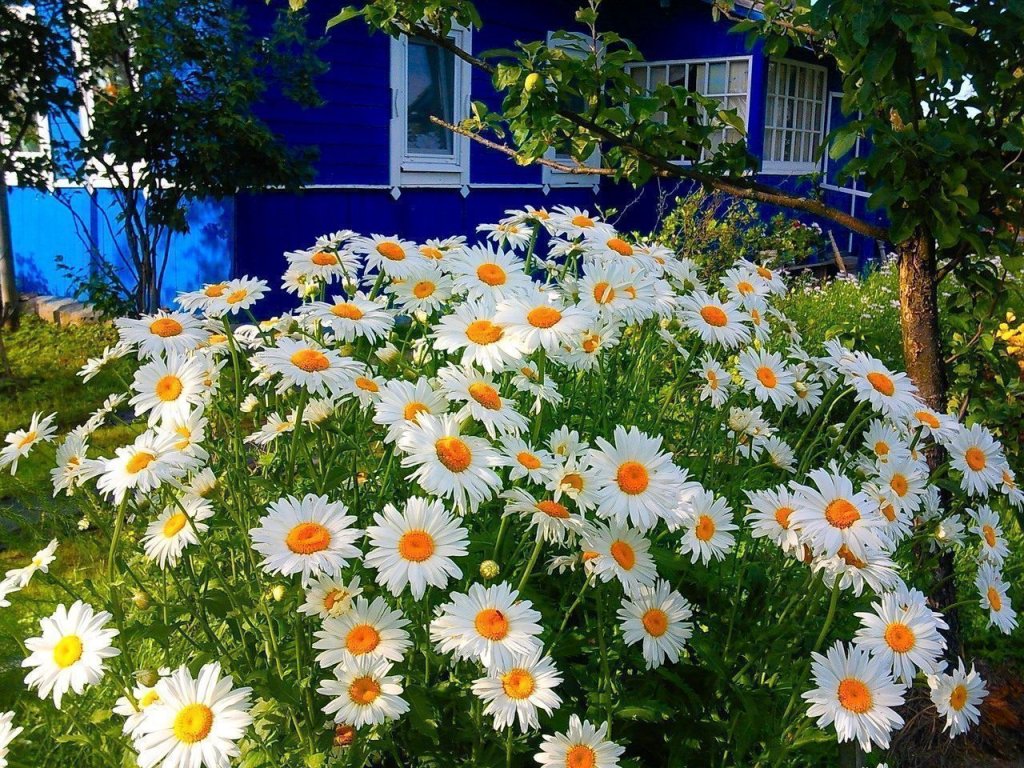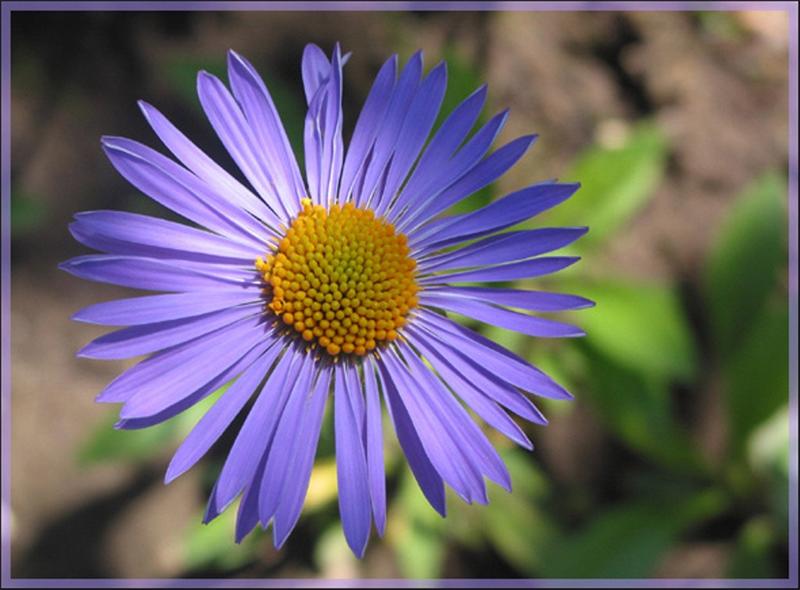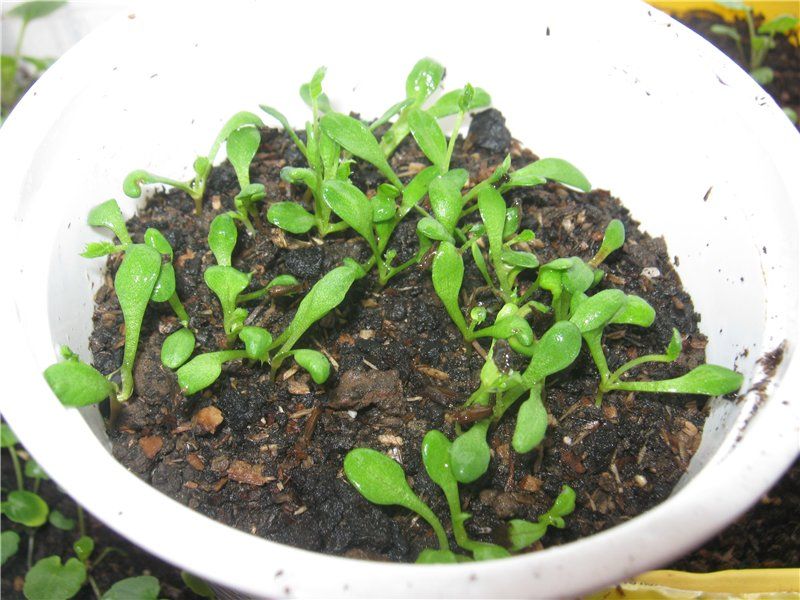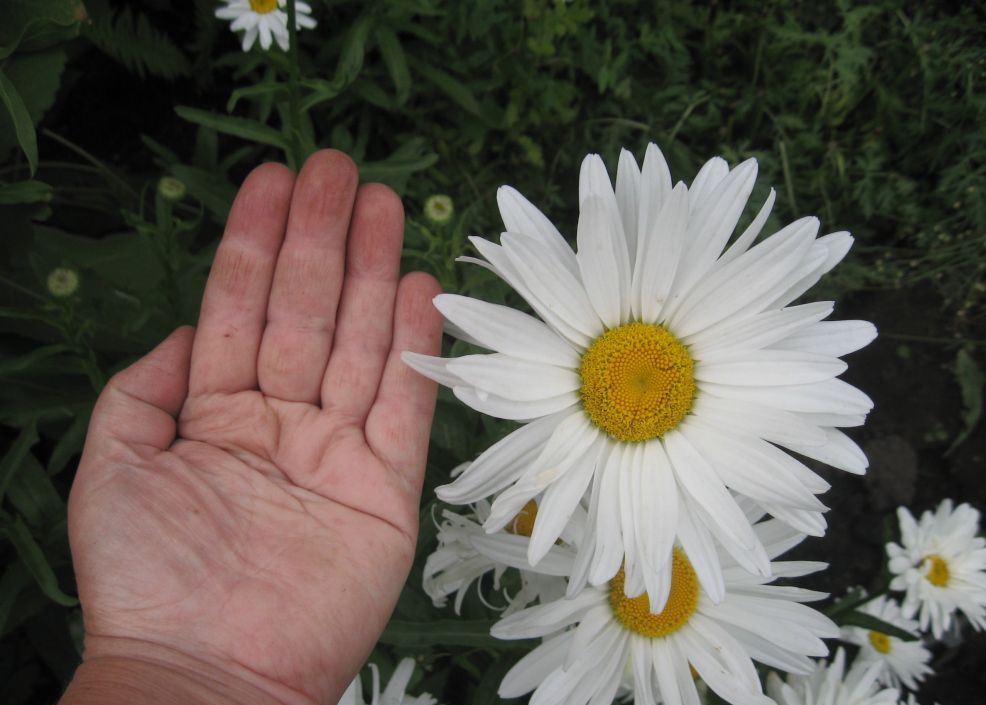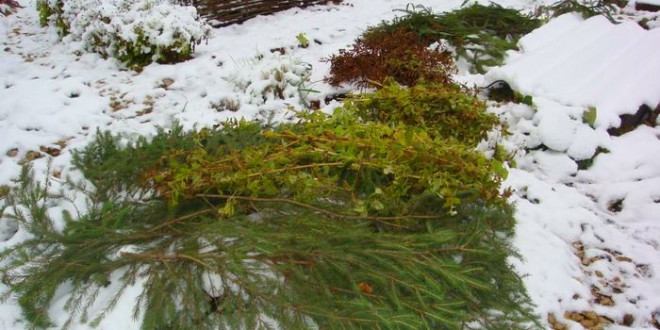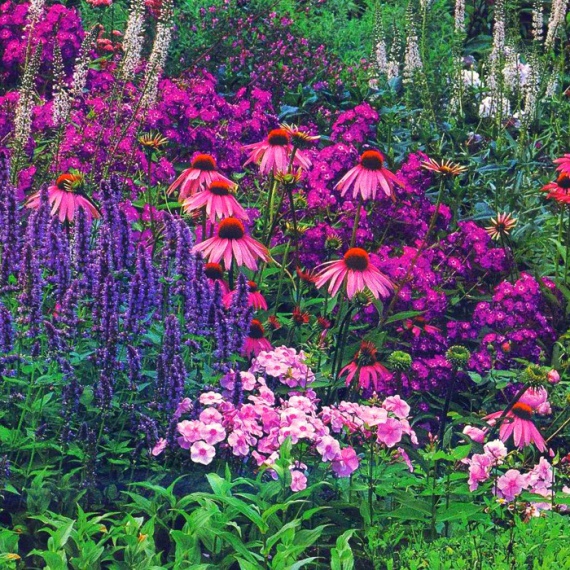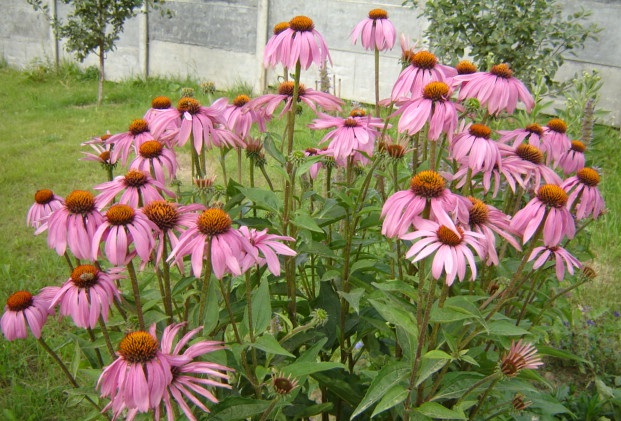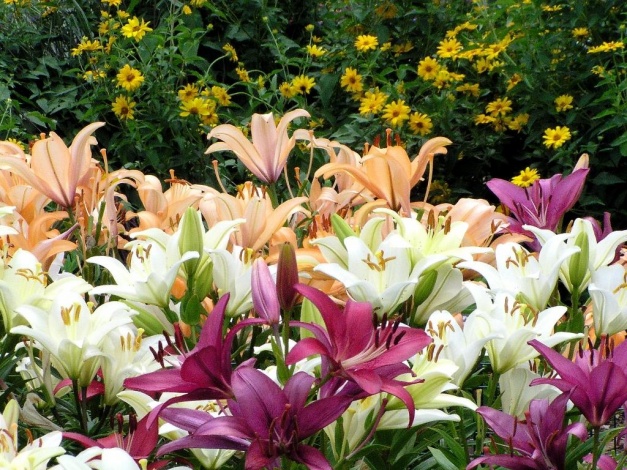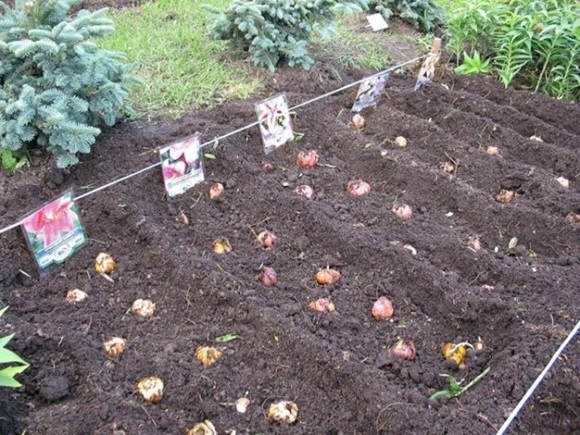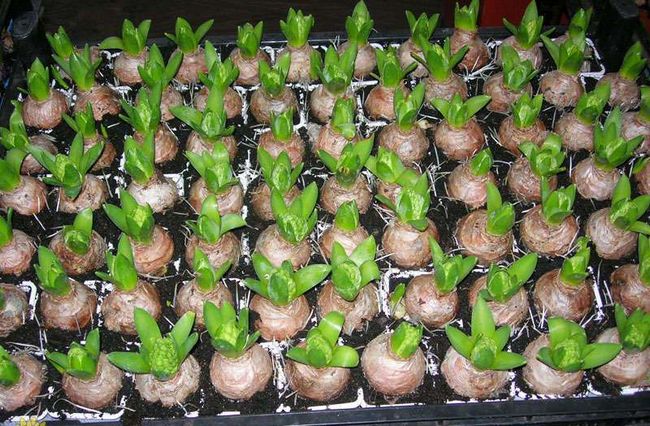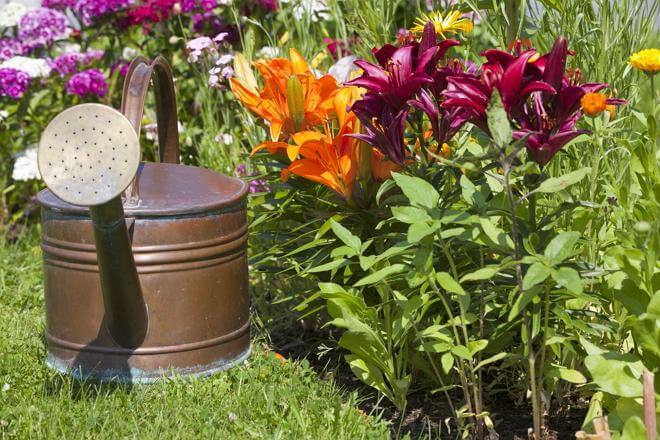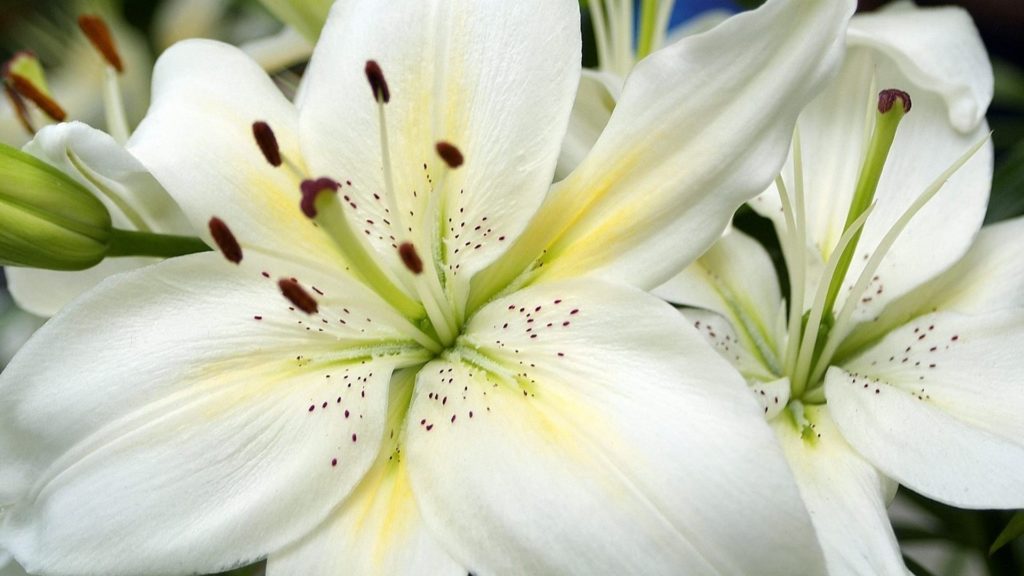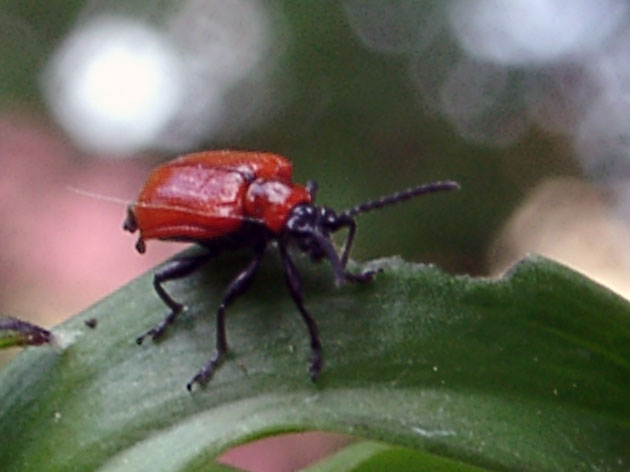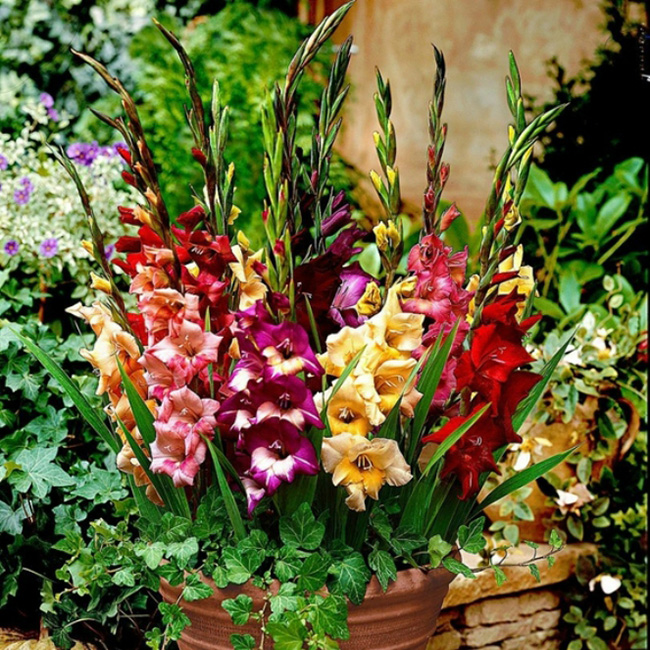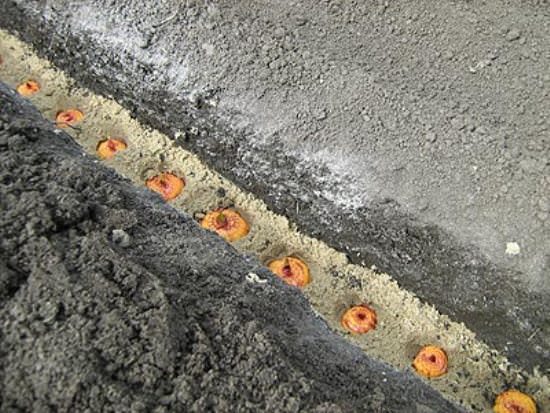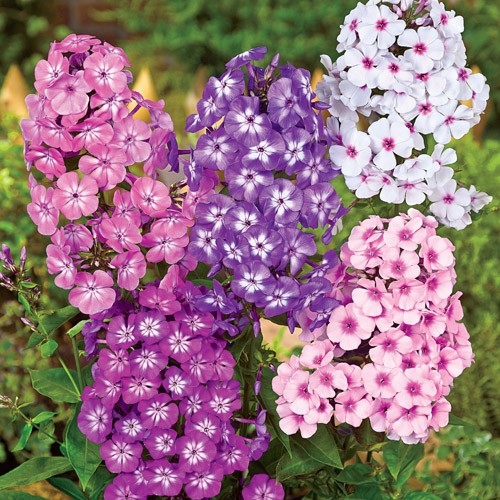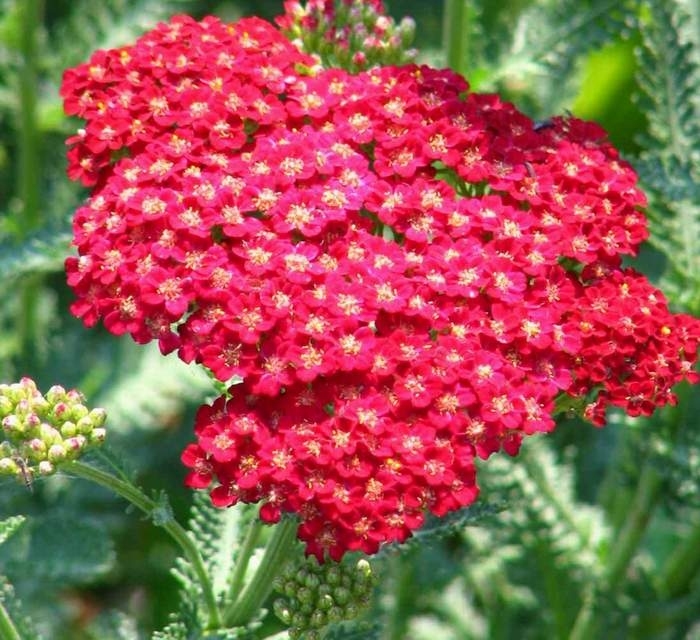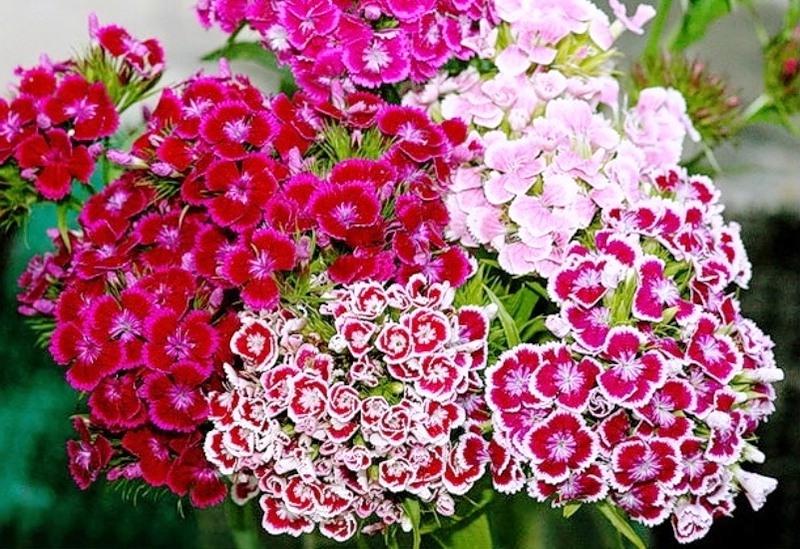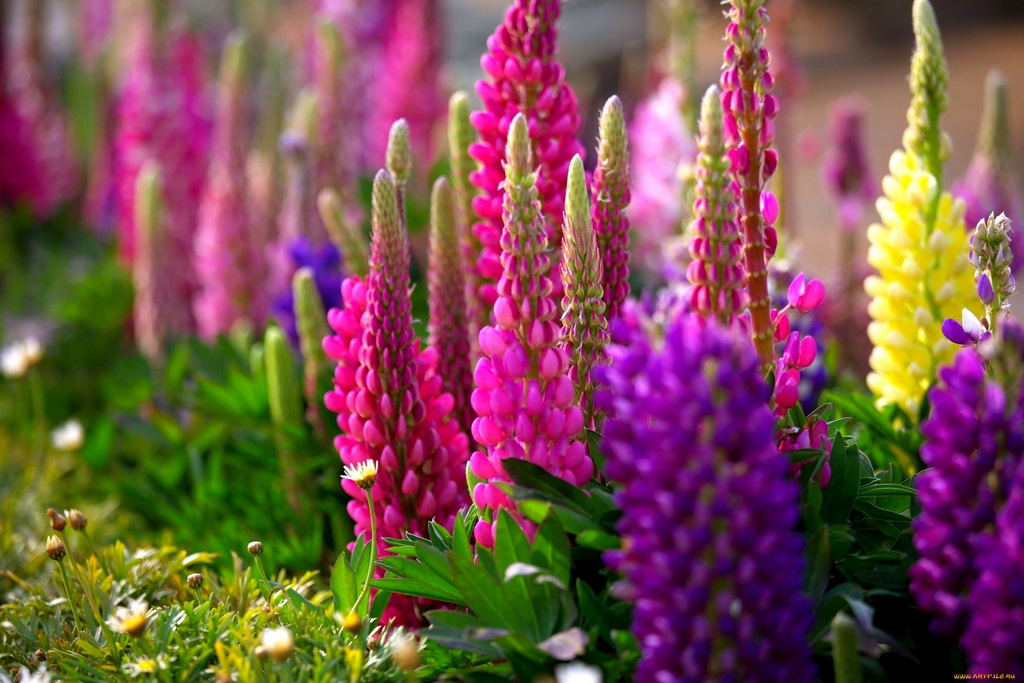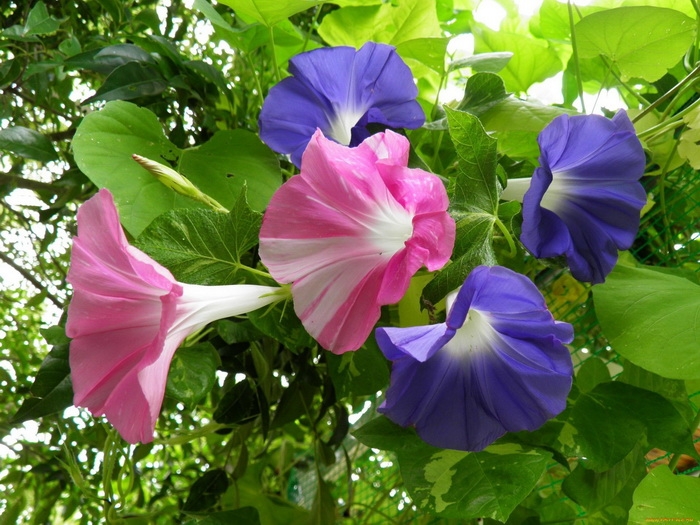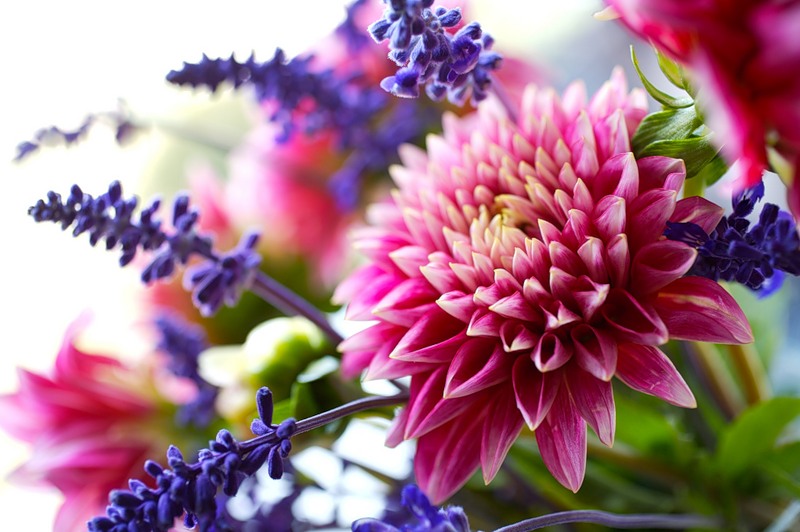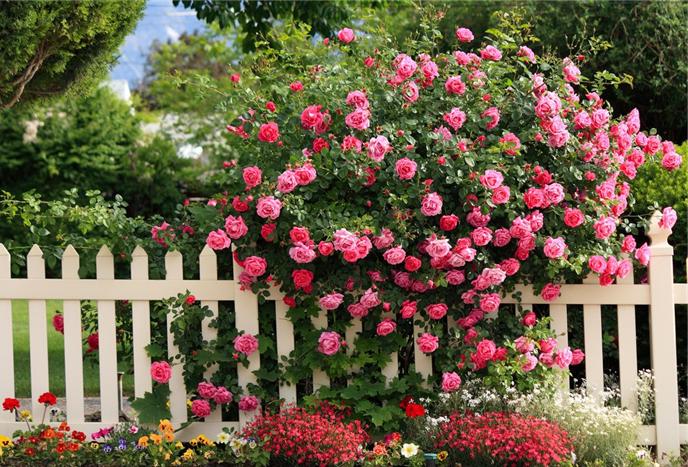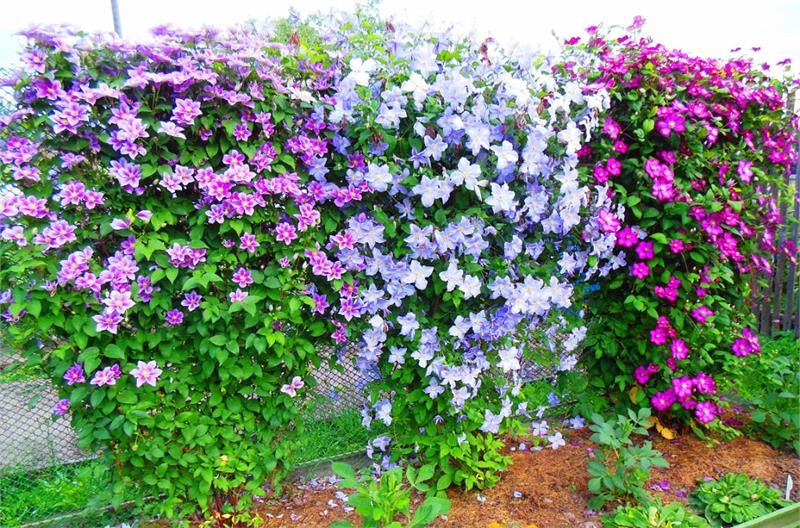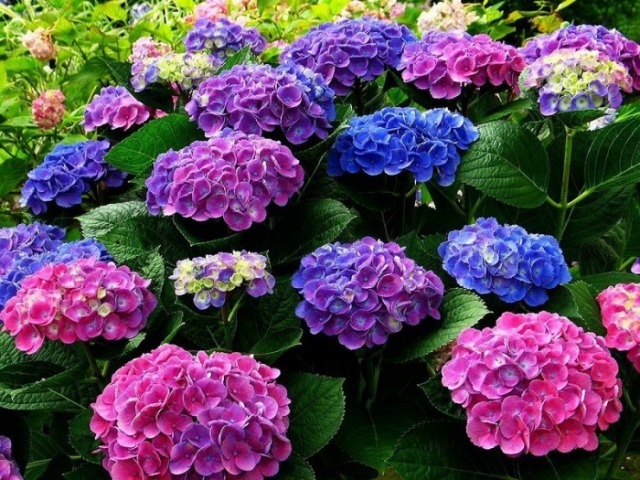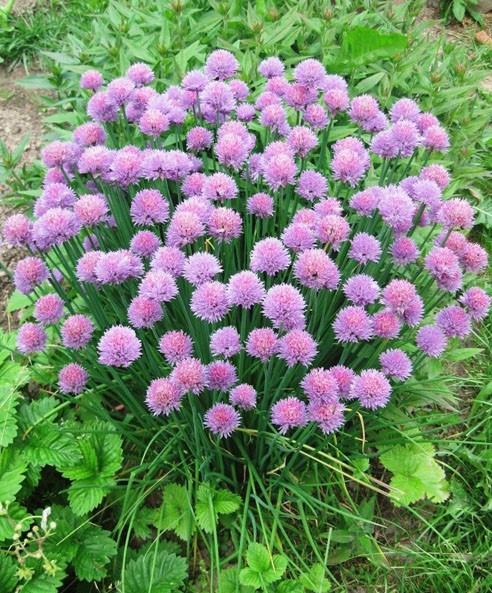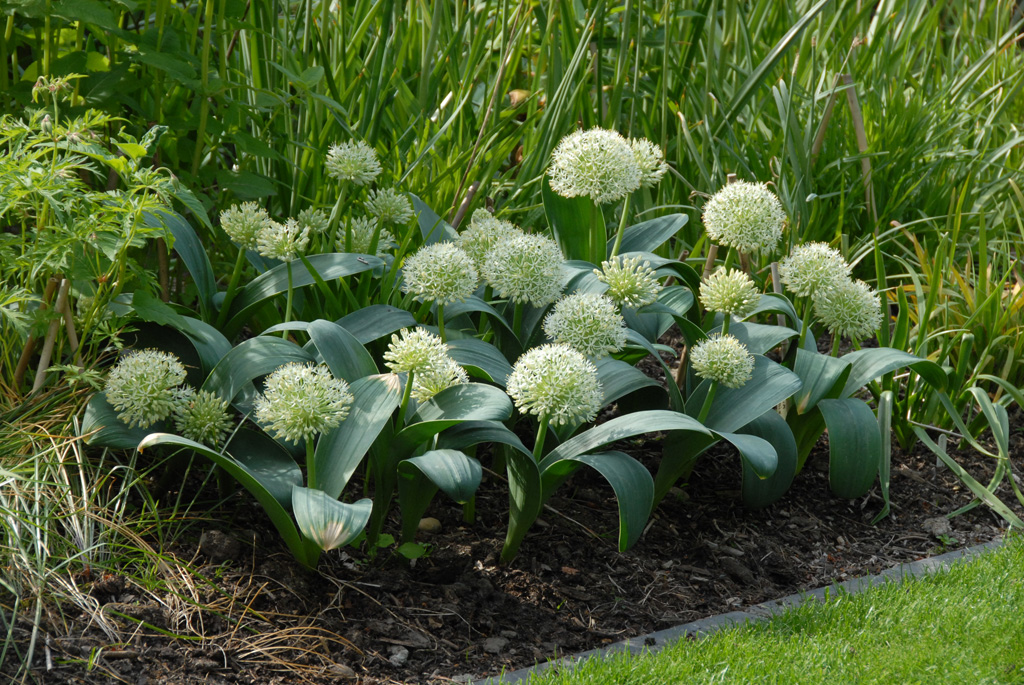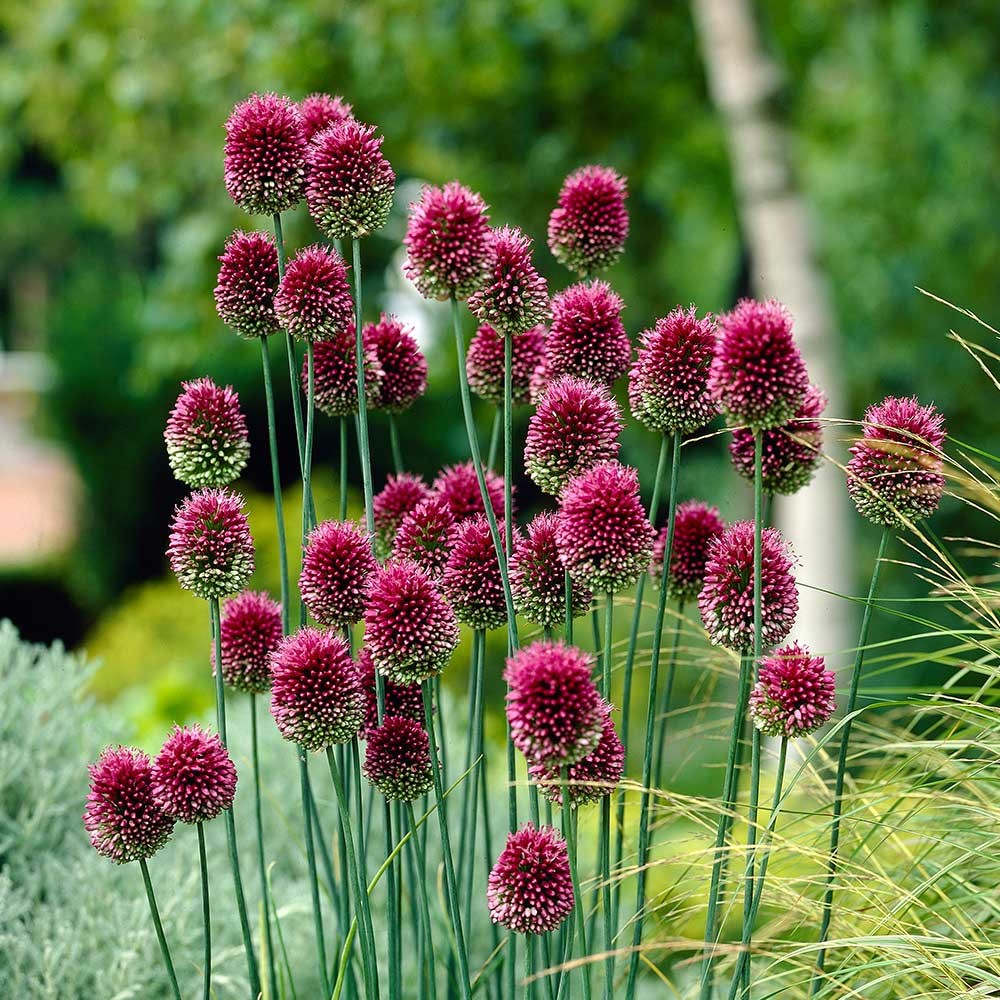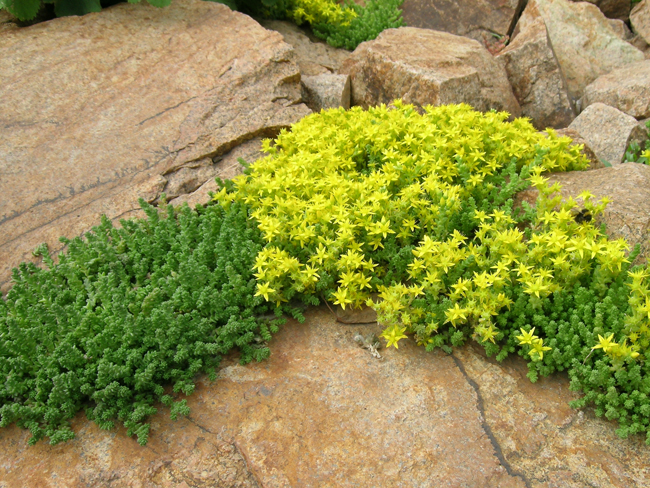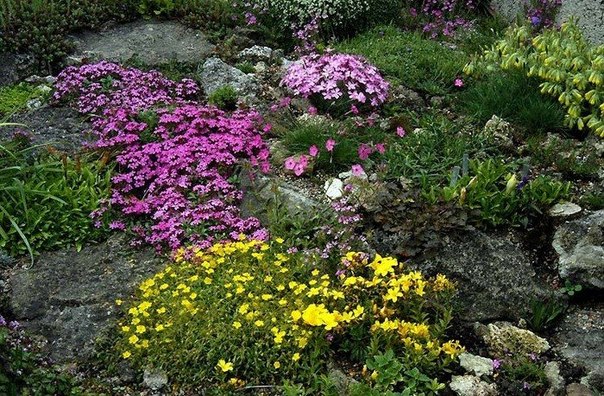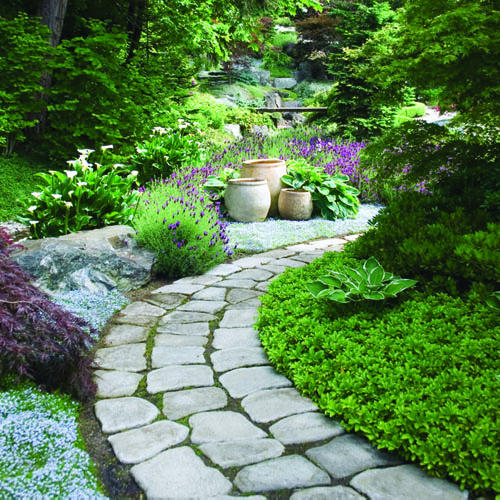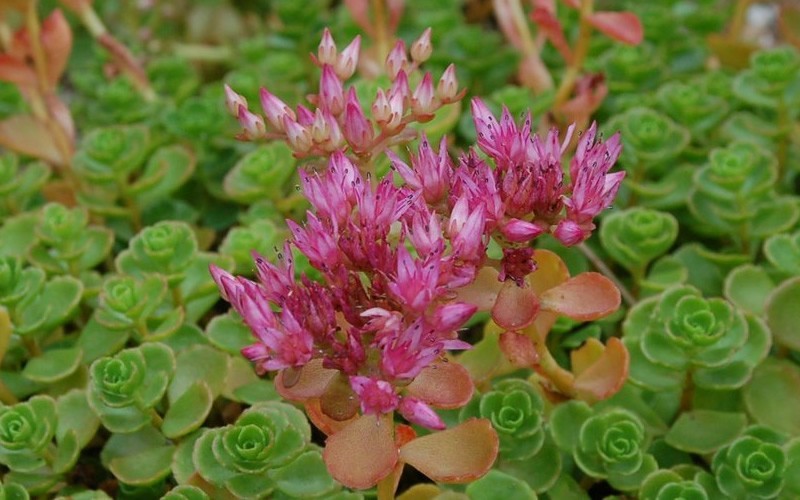Content
Beauty has always admired and delighted people. Often in the hectic days the gaze lingers long on charmsunny morning bright flowering bedsin a city park or on a bouquet of flowers in the hands of an unfamiliar passer-by.
An increasing number of urban residents seeking out of town, on nature. And if in a young family appear children, here it would be desirable not only to relax in nature, but also for the little fidgets to give the opportunity to run on the green grass in the country.
If the family buys a well-groomed, well-groomed dacha is fine, it remains to maintain it in the samecondition. You can add a few extra strokes to your ownTo a styling style: to build a gazebo by planting it with climbing flowers — roses or clematis; withcreate a pond, a small pond or a fountain. Water plants floating on the surface will look so beautiful here., dragonflies sitting on a flower.
 Often there are areas not in the best condition. It will be necessary to equip them independently, starting from zero. But do not despair, because this is a great opportunity to create a garden of your dreams. Believe me, the time spent behind this exciting activity will not be wasted!
Often there are areas not in the best condition. It will be necessary to equip them independently, starting from zero. But do not despair, because this is a great opportunity to create a garden of your dreams. Believe me, the time spent behind this exciting activity will not be wasted!
Perennial flowers for giving on a photo
To save finances, time and effort, it would be wiser to choose plants and flowers of perennials. Planning their landing is better so to they delighted the owners with their flowering from early spring to late autumn.The list of plants will begin with spring flowers.
Bulb varieties
Crocuses, primroses, snowdrops, tulips, hyacinths, daffodils, primroses - these flowers are best planted in the fall (September - October).
The bulb is at rest, and during the fall it takes root. When the snow melts, the first flowers will delight you.
From autumn, beds are planned, additional fertilizing is added and the bulbs are planted.
If the land during planting received enough fertilizer, the flowers can grow in one place up to 5-7 years.
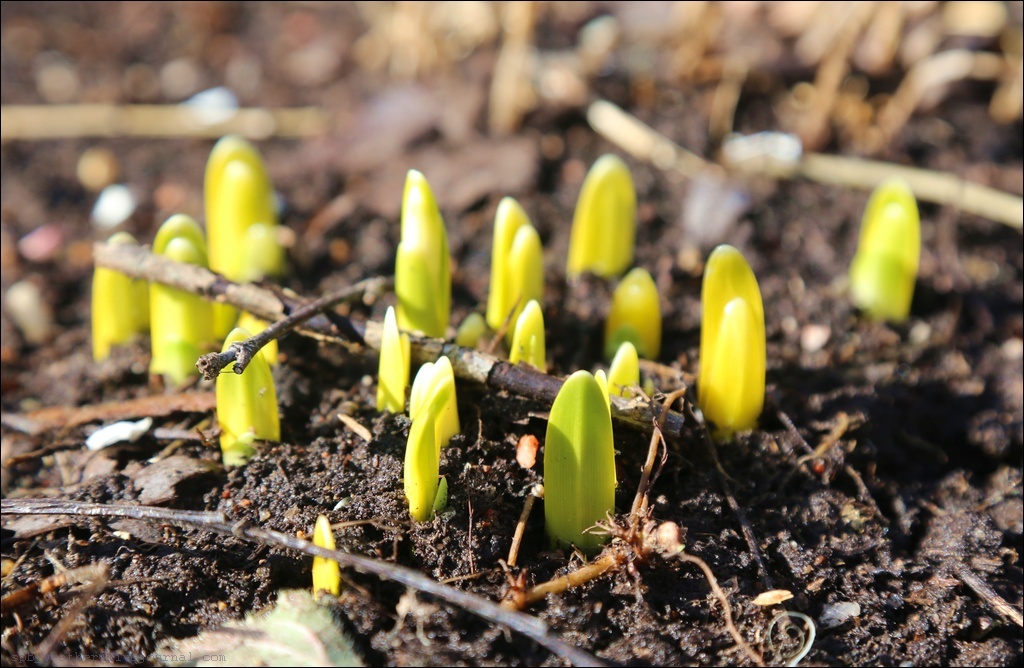 Soil for planting onion varietiesin should be laid downCoy, drained. The place for the beds is sunny, but without drafts. We apply organic fertilizer for top dressing.
Soil for planting onion varietiesin should be laid downCoy, drained. The place for the beds is sunny, but without drafts. We apply organic fertilizer for top dressing.
To the ground was lightdku, predigging with coarse sand or fine expanded clay.
There is another interesting point: you can use removable containers for planting bulbs. A recess is made on the bed and a container with seed is installed, and a layer of soil is applied on top.
The first onion plants do not need watering; they will have enough moisture after the snow melts. Other flowers - tulips and hyacinths, watered as the soil dries, but not poured. With an excess of moisture, the bulb rots and the plant may die.
But in general, these bulbous very well adorn the garden. In the care they are unpretentious. After flowering, they can be left in the ground, and by the next season not only the plant that was planted, but also the “baby” will grow. All these flowers can be planted as separate groups, or along the tracks, curb. Beautifully they look in the composition of the beds.
Lilies of the valley
The following flowers, which have a beautiful view, a delicate aroma and perfectly complement the garden - lily of the valleyand. They Withchange the first spring flowers and bloom in May. You can plant them with seeds, but it is better through seedlings.
The main thing a gardener needs to know is: the lily of the valley has a good root system, and when planting it is necessary to limit the place of its distribution. On the area where the flower will be planted, you need to make a flower bed for it in advance: dig a fence in the ground to a depth of up to 0.5 meter (pieces of slate, special garden shields). This will create a barrier for lily of the valley seedlings throughout the garden.
Lilies of the valley are very simple in leaving. ABOUTnor representatives of the "wild" nature, therefore, do not require careful care. After the flower has blossomed, berries appear on the stem - another decoration of the garden.
Perennials blooming in late spring
The watershed, delphinium, sprat, anemone, and the rostrumstick have different heights and colors, so the palette of shades in the garden will be diverse.
The planting of these representatives maythis familyprice or seedlings.
To the soil, these plants are not demanding, but poorly tolerate sandy, marshy ground and loam. If you make fertilizer, to establish drainage, the flowers will be pleased abundant bloom and beauty.

Another representative of the spring the heyday - pion.Those gardeners who plan to plant this plant should choose the optimal conditions for it.This flower is a long-lived and can grow on one place up to 60 years.
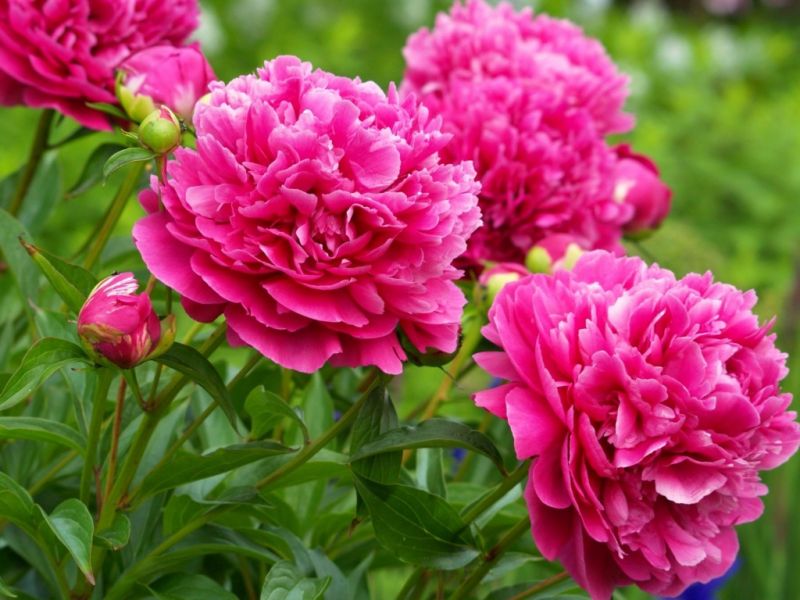
Good location for planting a bush - cultivated loamy soil with low acidity, without stagnant water. The solar site is very good for peony, but an excess of moisture leads to rotting of the roots.
Planting plant produced root shrub. A pit is prepared in advance for planting material. GLit should be up to meters because roots penetrate up to 80 sm and nIn a small dimple, the roots will be wide and will not get nutrients. For planting it is good to take young, 1-2-year-old seedlings of the bush, and then the peony will grow and please for many years with abundant flowering.
To toThe root is well rooted and gained strength, and the bush bloomed magnificently, it is advisable to feed the peony. For this you can use mullein or mineral fertilizers.
Important! After watering necessarily loosening around the bush. The soil sags and buds begin to protrude to the surface - the future stems, so you need to follow and spud the bush.
Dla piit is dangerous gray rot if it grows in a climate of high humidity. Therefore, in case of illness or for prevention, it is better to spray copper chlorine oxide.
After bloomandI cutThe upper part of the stem with a faded peduncle is grown, and in late autumn the bush is cut almost to the ground level. Peony tolerates frost well, so does not require special protection.
Daisies
Summer garden can be decorated with different types of daisies. Flowers there are not only white, but also yellow, pink, blue. The plant is very unpretentious in planting and care, and a flowering bush - the decoration of any garden.
Planting material can be grown by seed, seedling or division of the roots. The last way is the easiest. The beauty and size of the inflorescence depend on the size of the bush, so it must be regularly divided. Chamomile seeds are very small, but they can be planted in early spring or late autumn under the film.
In the autumn it is desirable to cover the bushes, as they may die during the period of frost.
Echinacea
A beautiful addition to the placer of daisies will be Echinacea. Her large pink flowers will decorate the garden from the beginning of summer to late autumn, provided that the flowering buds are cut in time.
The only minus of echinacea - it can cause an allergic reaction. Therefore, if there are people in the family who are prone to allergies or small children, it is better not to plant this flower.
Planting echinacea seedlings produced or seeds. If planted with seeds, the first shoots will be in 3-6 weeks, depending on the care and watering.It is best to sow the seeds in the autumn, and in the spring to plant the seedlings that have appeared. Care is simple. Top dressing usually once a year before flowering.
Lilies
Lilianye very look good in decorating the garden.Each owner can choose absolutely any color of lilies for his site - classic orange, white, yellow or burgundy.
Planting lilies carried bulbs. These representatives can grow by onem place a few years. They do not like transfers, so choose a bright, sunny place. The stem of the liliaceae is high, up to a meter. If in your area frequent winds, the flower will need a backup.
The soil lily loves loose, with good drainage. Planting bulbs must be healthy, not overdried, of good quality.
You can plant them in the fall, in October. If the planting material is purchased in advance, it is stored in the refrigerator, in a box for vegetables. In the spring landing at an air temperature of 10 degrees. When the soil freezes cover with a layer of straw, hay. Features care for lilies are simple: the flower should be in the sun, and the roots in the shade.
Among the lilies can be planted undersized tvety, towho will coverroots from overheating and regulate soil moisture. Feed the plant need to grow in the spring, when flowers ripen, and in autumn, to restore. In the first year, it is desirable to cut the peduncle - so the bulb will get stronger and the next time will please with abundant flowering.
If the garden is located in an area with a cold and damp climate, lily bulbs in autumn is desirable atDig up, then store in a cool room, not overdrying, and re-plant them in the spring.
Of the pests of lilies dangerous lily beetle with its larvae. He eats leaves and flowers. Protect the flower by treating it with karbofos.
Gladiolus
Gladioli look very beautiful in the garden.Be sure to decorate them flower bed.Active blooming of gladioli will begin in the second half of summer.
At one site it is better to plant the bulbs of the same size. If you take a different planting material - mature onions and “baby”, then the first ones will be oppressed by small shoots.
When planting, the bulbs must be treated with a solution of potassium permanganate: 0.5 g potassium permanganate per 1 liter of water. Planting material should be placed in this mixture for 30 minutes and then planted immediately.
The place for landing is chosen solar, ventilated. The depth of sowing is 15 cm in light soils, and 10 cm in heavy soils. Sand must be applied to the bottom of the planting furrow. Additionally, you can use humus and compost. Watering should be every other day.
When the bulb germinatest, we canbut to grumble a plot with humus or dry small grass - this will prevent the soil from drying out and will be an additional source of fertilizer.
Watering gladioli during the growing season and flowering preferably toevery 3-4 days, depending on the climate. Mandatory garter flower stalk, as the plant grows up to a meter. After flowering, from September to October, gladiolus tubers are dug out.
Planting material is sorted: a ripe onion is taken from the “shoes” and stored until spring in a cool (from +5 to -10) room, basement or refrigerator. For better preservation, a garlic clove is placed in a container with tubers, and in the spring they check all tubers and select whole ones for planting.
Summer flowers
From summer flowers you can plant orebeckia, phlox, yarrow, carnation Turkish, lupine, ipomeyu.
Autumn flowers
The undoubted favorites of the autumn garden will be dahlias, decorative cabbage, perennial aster and chrysanthemums. All of them bloom brightly and abundantly until late autumn. With the arrival of colds flowers turn out excellent bouquets. Just imagine: autumn is already dominated by autumn with fog and rain, and in your house are vases with gorgeous autumn flowers.
As the garden is decorated and transformed to grown flowers, you will want toto twist something new - beautiful, bright, unpretentious in the care. What else can diversify the landscape of your favorite villa? Consider the list of colors that will advantageously complement and diversify the composition.
the Rose
The “queen” of any garden is a rose. There is a mass of its varieties, forms and colors. If you put a flowering bush in a flower bed, then around it can always be placed undersized plants, which will serve as an excellent addition to the selected composition.
Curly rose - a great option to express your creative imagination. Its branches can be attached to the wall, enclose them with a gazebo, or disguise an unsightly fence from neighbors.
Clematis
Clematis is a great representative of vines. It will decorate and ennoble any garden. The plants of this family are distinguished by a variety of palettes and flower shapes.
Planting vines produced seedlings. When planting, determine the appropriate place and put a backup. Clematis needs time to adapt for heavy flowering.
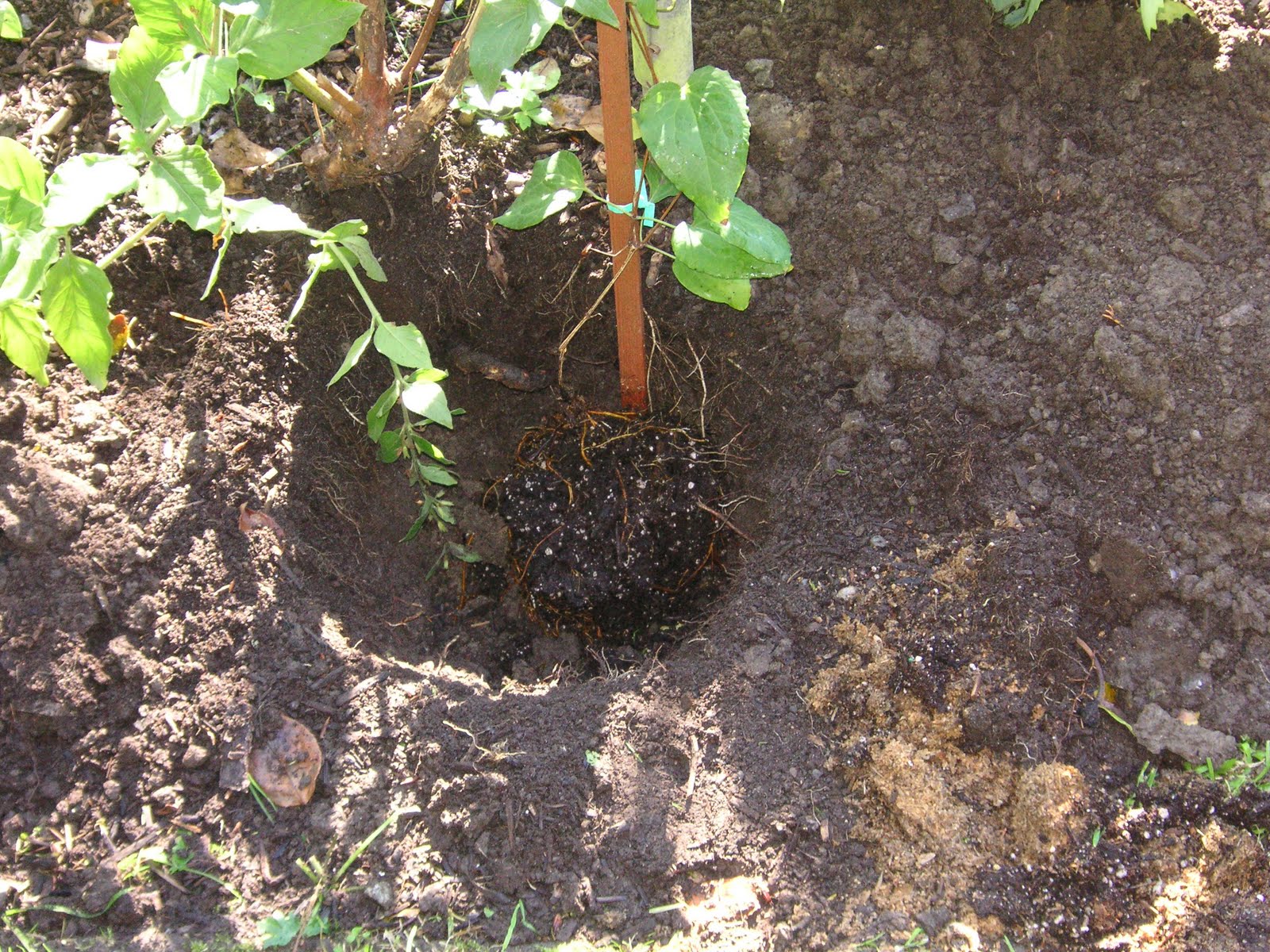 The soil is suitable light, well-fertilized and without stagnant water. If there is a danger of groundwater, you can make a mound and plant clematis there to protect its root system from soaking. In the pit, you can add compost, rubble and put a seedling on this mixture. The roots are distributed and covered by the ground, which should cover the plant to the first node on the stem. During the landing you can immediately install a support up to 3 meters high, so that it supports the clematis liana.
The soil is suitable light, well-fertilized and without stagnant water. If there is a danger of groundwater, you can make a mound and plant clematis there to protect its root system from soaking. In the pit, you can add compost, rubble and put a seedling on this mixture. The roots are distributed and covered by the ground, which should cover the plant to the first node on the stem. During the landing you can immediately install a support up to 3 meters high, so that it supports the clematis liana.
After flowering in the fall, the stem is cut, the bush is fed, spud, covering the stems, and covered to protect it from frost.
Hydrangea
Hortensia is not just a flower, but a whole flowering shrub. It is easy to maintain, and the beauty of the blooming bunch will not leave indifferent true gardeners.
Bush hosts
An excellent element in the decor of the garden will be the bushes of the hosts. The plant loves moisture, so it can be safely planted in those parts of the garden where there is shade, high humidity or even wetlands. Fertilizer is applied to the planting pit, then bush lay.
 The roots must be well covered with earth, but here it is important that the soil does not get into the center of the rosette of the bush, otherwise the plant will hurt.
The roots must be well covered with earth, but here it is important that the soil does not get into the center of the rosette of the bush, otherwise the plant will hurt.
The main enemy of the hosts is the slug. In the second half of summer or autumn, when soil moisture increases due to frequent rains, the bushes are subject to the invasion of a slug, in the southern areas - snails. To combat them, you can make traps (very suitable saucers with beer) or collect by hand. Another protection option, when the soil around the bush is decorated with fine gravel, expanded clay, sawdust, bark. At the same time it will be an additional fertilizer.
 There are plenty of interesting plant varieties. perennials that are easy to take root in any garden or cottage. They grow throughout the CIS countries. Such species include: ornamental onion, garlic, ground cover plants - stonecrop. Cute islands of these perennials will be a wonderful decoration of the garden plot.
There are plenty of interesting plant varieties. perennials that are easy to take root in any garden or cottage. They grow throughout the CIS countries. Such species include: ornamental onion, garlic, ground cover plants - stonecrop. Cute islands of these perennials will be a wonderful decoration of the garden plot.
Garden decoration is a very exciting activity. As you fill the site experience comes, favorite flowers appear. And if earlier, passing by a stone or brick that was accidentally seen, a person was absolutely calm, then by purchasing a piece of land, he would definitely pay attention to it and imagine where it can be used and how to use it.

























